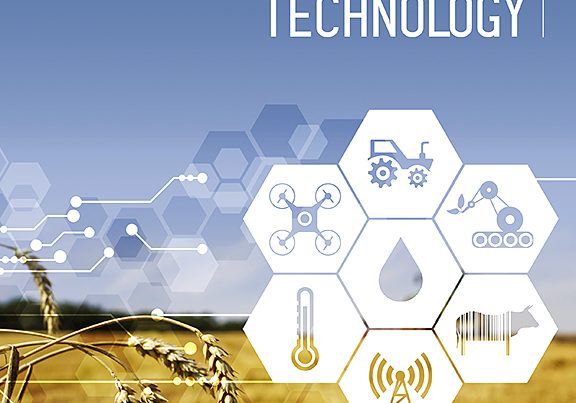Document type : Article published inOuest France
Author: Nathalie Tiers
Preview: Networked tools are being developed to assist farmers in monitoring their herds. Nowadays, their smartphones can let them know that a cow is about to calve or whether it has an udder infection, lameness, or a feeding problem.
This equipment is thus able to contribute to animal welfare, especially if it is defined by physical criteria such as the absence of hunger and thirst, physical discomfort, pain, injury or disease.
But there are aspects of animal welfare that are harder to measure, such as for an animal to be able to express the natural behaviours of its species, not to experience fear or distress, or even to experience positive emotions. "We must be careful not to limit animal welfare to production and health criteria," warns Isabelle Veissier, research director at the French National Research Institute for Agriculture, Food and the Environment (INRAE). "Those developing software tools must work with biologists to address all aspects of animal welfare."
For Raphaël Guatteo, a professor of bovine medicine at the Oniris National Veterinary School in Nantes, the fitting of sensors on animals also raises ethical questions, not only for farm animals but also for domestic animals. "Some techniques, such as sensors introduced into the rumen of a cow to monitor its temperature, are invasive. Others are of questionable or even non-existent interest. We need a regulatory framework to evaluate the effectiveness and safety of these tools, and to set limits. The question of what is of real benefit to the animal must always be a priority."





